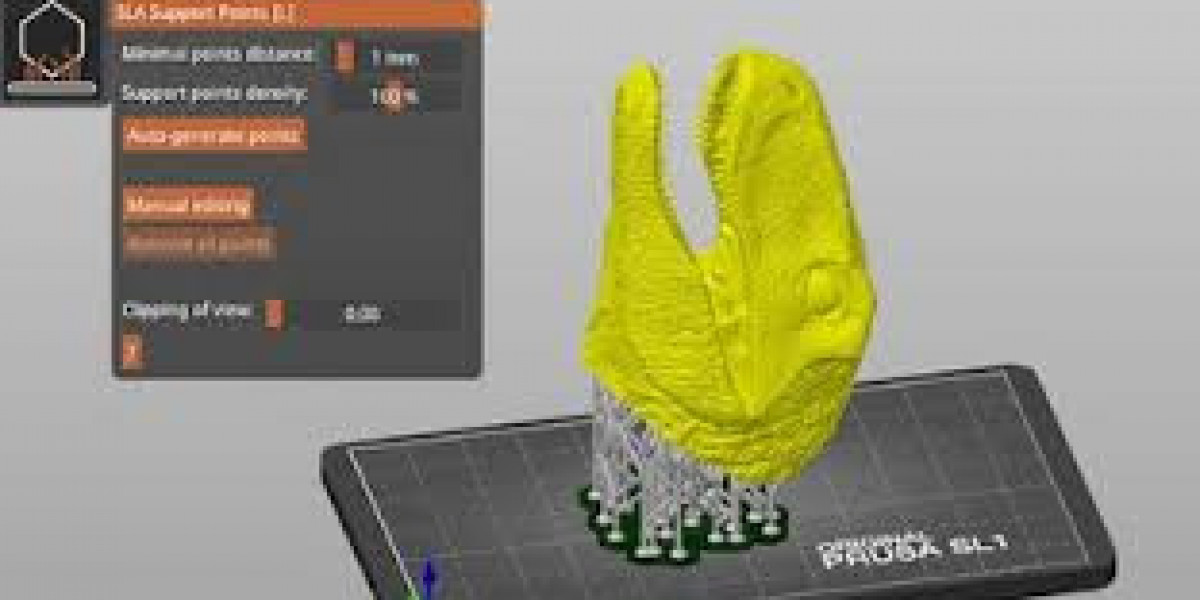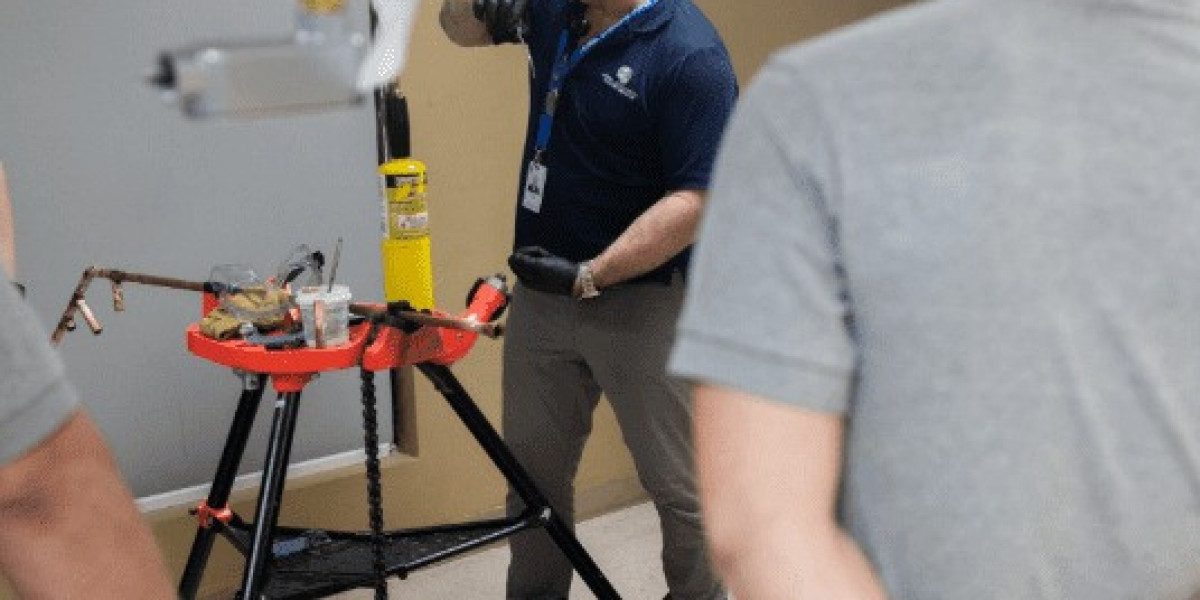When it comes to 3D printing, achieving perfect results depends not only on your printer but also on the slicer settings. The Prusa Slicer is one of the most powerful tools available, offering an array of options to optimize prints for quality, speed, and material use. However, with so many settings available, beginners and even seasoned users can struggle to find the best profile for high-quality prints. This article will explore the top Prusa Slicer profiles, tailored to different use cases, and how you can tweak them to elevate your 3D printing experience.
Understanding the Importance of Prusa Slicer Profiles
A Prusa Slicer profile is essentially a set of pre-configured settings that dictate how your 3D printer operates during a print. These profiles determine parameters like layer height, print speed, infill density, temperature, and more. By using the right profile, you can significantly improve print quality and reduce errors. For example, a high-quality profile will minimize layer lines, prevent stringing, and ensure accurate dimensions in the final model.
Many beginners underestimate the importance of profiles, often relying on default settings. While defaults are suitable for general printing, achieving high-quality prints requires fine-tuning. Prusa Slicer profiles can be customized for specific filaments like PLA, PETG, or ABS, and for different printer models. By understanding how these profiles interact with your hardware, you can unlock the full potential of your 3D printer.
Best Profiles for High-Resolution Printing
For users aiming for exceptional detail, high-resolution printing is crucial. The recommended Prusa Slicer profile for this purpose typically features a lower layer height, usually around 0.1 mm or less. This allows the printer to capture finer details and produce smoother surfaces. Additionally, slower print speeds are essential, as they reduce vibrations and prevent imperfections in intricate designs.
High-resolution profiles also benefit from optimized cooling and retraction settings. Adequate cooling ensures that layers solidify properly, maintaining sharp edges and reducing blobs. Retraction settings prevent stringing between parts of the model. By carefully selecting or modifying a high-resolution Prusa Slicer profile, you can achieve stunningly detailed prints suitable for miniatures, prototypes, and decorative items.
Profiles for Strong and Functional Prints
Not every print prioritizes detail; some require strength and durability. When creating functional parts, like brackets or mechanical components, the focus shifts to infill patterns, layer adhesion, and print orientation. The Prusa Slicer allows users to select profiles optimized for strength, featuring higher infill densities (20-50%) and solid top/bottom layers. These profiles often include slower cooling and slightly higher extrusion temperatures to enhance layer bonding.
Another key aspect of strength-focused profiles is shell thickness. By increasing the number of perimeters, you ensure that the outer walls are robust enough to withstand stress. Combining these settings with a carefully chosen filament, such as PETG or ABS, can produce prints that are not only durable but also dimensionally accurate. Strong Prusa Slicer profiles are essential for engineers, makers, and hobbyists creating functional parts that require reliability and longevity.
Profiles for Flexible and Specialty Filaments
Printing with flexible or specialty filaments, such as TPU, Nylon, or carbon-fiber infused materials, requires specialized Prusa Slicer profiles. Flexible filaments are prone to issues like stringing, tangling, and under-extrusion if standard profiles are used. The key to success lies in adjusting print speed, retraction settings, and nozzle temperature. Typically, slower print speeds and minimal retraction are recommended for flexible materials.
For specialty filaments like carbon fiber or wood-fill, profiles must account for abrasive properties or unique flow characteristics. For instance, hardened nozzles may be required, and layer heights may need to be slightly increased to prevent clogging. By using dedicated Prusa Slicer profiles for these filaments, users can achieve high-quality prints without damaging their printer or sacrificing material properties. These profiles are invaluable for makers who want to experiment with diverse materials while maintaining print quality.
Customizing Profiles for Optimal Results
While the default Prusa Slicer profiles are excellent starting points, fine-tuning them to match your printer, filament, and project is key to achieving perfection. Parameters like layer height, infill patterns, print speed, and temperature can all be adjusted to match your specific needs. Many experienced users create multiple profiles for different types of prints, switching between them depending on the project.
Prusa Slicer also offers advanced features such as modifier meshes and variable layer height, allowing precise control over specific areas of a print. Experimenting with these options can help you optimize surface quality, strength, and material use. Additionally, community-shared profiles are available online, providing a solid foundation for customization. By combining these resources with your own tweaks, you can develop Prusa Slicer profiles that consistently deliver high-quality prints every time.
Conclusion
The quality of your 3D prints is heavily influenced by the Prusa Slicer profiles you use. From high-resolution models to functional parts and specialty filaments, having the right profile ensures superior results, fewer failed prints, and efficient use of materials. By understanding the importance of slicer settings, experimenting with pre-configured profiles, and fine-tuning them for your specific needs, you can unlock the full potential of your 3D printer.
Investing time in mastering Prusa Slicer profiles not only improves print quality but also enhances your overall 3D printing workflow. Whether you are a beginner or an experienced maker, these profiles serve as the foundation for producing prints that are both precise and visually stunning. With careful attention to detail and a willingness to experiment, high-quality 3D printing is achievable for everyone.








